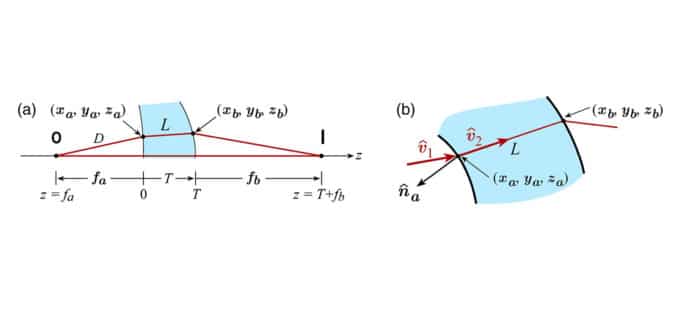Almost 2,000 years ago, Greek scientist Diocles recognized a problem with optical lenses while observing devices equipped with them; the edges appeared fuzzier than the center.
In his works, he recommended that the impact happens because the lenses were spherical—light striking at an angle couldn’t be focused as a result of contrasts in refraction. Isaac Newton was allegedly stumped in his endeavors to solve the problem (which wound up known as a circular variation), as was Gottfried Leibniz.
In 1949, Wasserman and Wolf devised an analytical method for portraying the problem and gave it an official name—the Wasserman-Wolf problem. They recommended that the best way to deal with the problem is to use two aspheric adjacent surfaces to address aberrations.
Since that time, scientists and engineers have thought of an assortment of approaches to fix the problem in specific applications—most especially cameras and telescopes. Most such endeavors have included making aspherical lenses to counteract refraction problems. And keeping in mind that they have resulted in progress, the solutions have, for the most part, been costly and lacking for specific applications.
Now, a trio of physicists from the National Autonomous University of Mexico and Tec de Monterrey has solved this. The physicists- Rafael González-Acuña, Héctor Chaparro-Romo, and Julio Gutiérrez-Vega- highlight the math involved in solving the puzzle, give some examples of possible applications, and describe the efficiency of the results when tested.
It is based on describing ways in which the shape of a second aspherical surface needs to be given the first surface, along with object-image distance. In essence, it relies on a second surface fixing problems with the first surface. The result is the elimination of spherical aberration.
Once the math was established, the physicists tested it by running simulations. They report that their technique can produce lenses that are 99.9999999999 percent accurate. The researchers suggest the formula can be used in applications including eyeglasses, contact lenses, telescopes, binoculars, and microscopes.
Journal Reference
- Rafael G. González-Acuña, Héctor A. Chaparro-Romo, and Julio C. Gutiérrez-Vega. General formula to design a freeform singlet free of spherical aberration and astigmatism. Applied Optics Vol. 58, Issue 4, pp. 1010-1015 (2019) DOI: 10.1364/AO.58.001010
